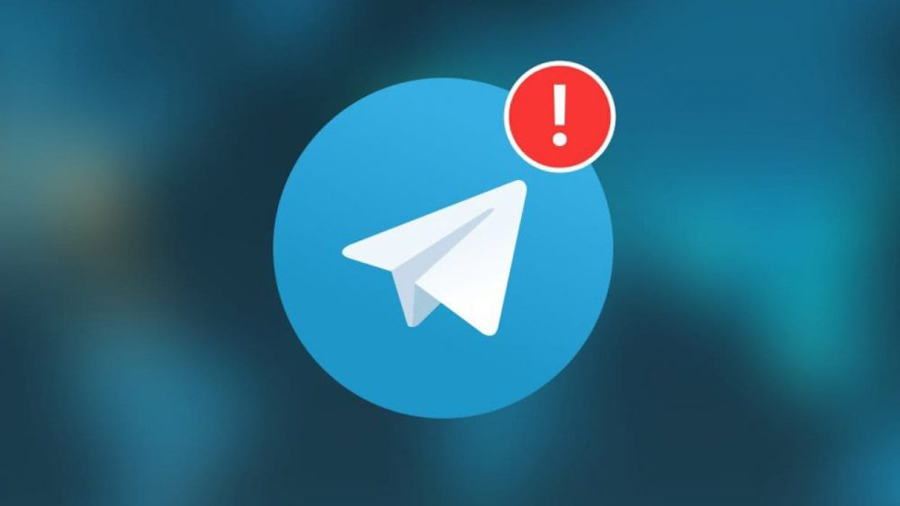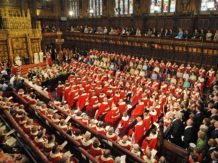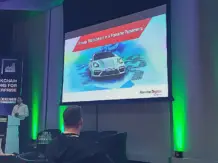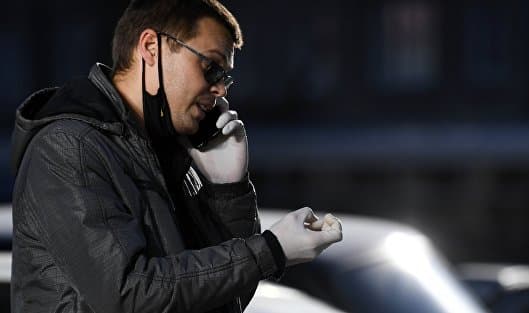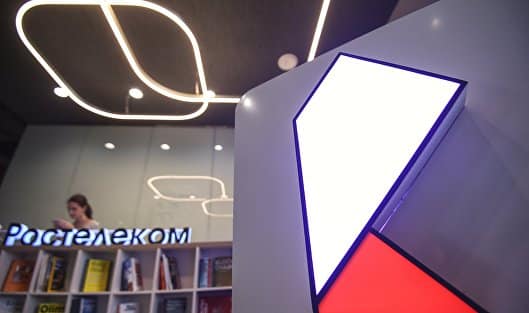According to Vedomosti, according to one of the project’s investors, on September 1, Telegram plans to begin a public test of its blockchain – TON (Telegram open network).
Vedomosti learned about this from one of the TON investors, who in turn learned about it from the messenger team and from the head of one of the companies that participated in the closed TON testing phase.
During the public test, the TON network node code and instructions for installing it should appear in the public domain. Sharding (the process of breaking transactions into separate pieces to ensure scaling) and consensus (a mechanism for confirming new blocks in the blockchain) should also be available, which will allow testing the entire blockchain.
“Everyone is waiting for Telegram to publish the node code and detailed documentation on its installation in public access, this will allow any developer to create their own TON blockchain node,” one of the investors explains.
By agreement with investors, the Telegram team should launch a working blockchain by October 31, 2019. As The New York Times reported on August 27, citing three investors who spoke with the Telegram team, developers must meet the deadline and Telegram will begin issuing Gram tokens within the next two months.
“For closed testing, access to the TON blockchain was granted to a limited number of professional teams around the world who tested the“ light client ”of the TON blockchain and the Fift programming language, designed to create smart contracts in the TON ecosystem,” said a representative of one of the companies that participated in testing.
“The Easy Client was connected to an existing site provided by TON developers,” said the head of another company that tested the blockchain.
“At this closed testing stage, it was impossible to assess the potential speed of transactions, whether the blockchain is capable of scaling, whether the confirmation of blocks in the blockchain works reliably – it makes no sense to evaluate the blockchain’s performance from one node. After the start of public testing, the node code will allow us to understand more about how internal and external services work, and the validator code will reveal the details of consensus, assembly and confirmation of new blocks, ”says KI Constantine Koltsov, partner of QIWI Blockchain Technologies.
“By releasing an“ easy client ”, the TON team provided developers with the opportunity to explore a new ecosystem of smart contracts, and the public launch of a test network will allow us to test the operation of real nodes of the blockchain in virtually“ combat ”conditions,” said Denis, head of fintech company Exantech Voskvitsov.
Telegram Vice President Ilya Perekopsky did not respond to a Vedomosti request.





